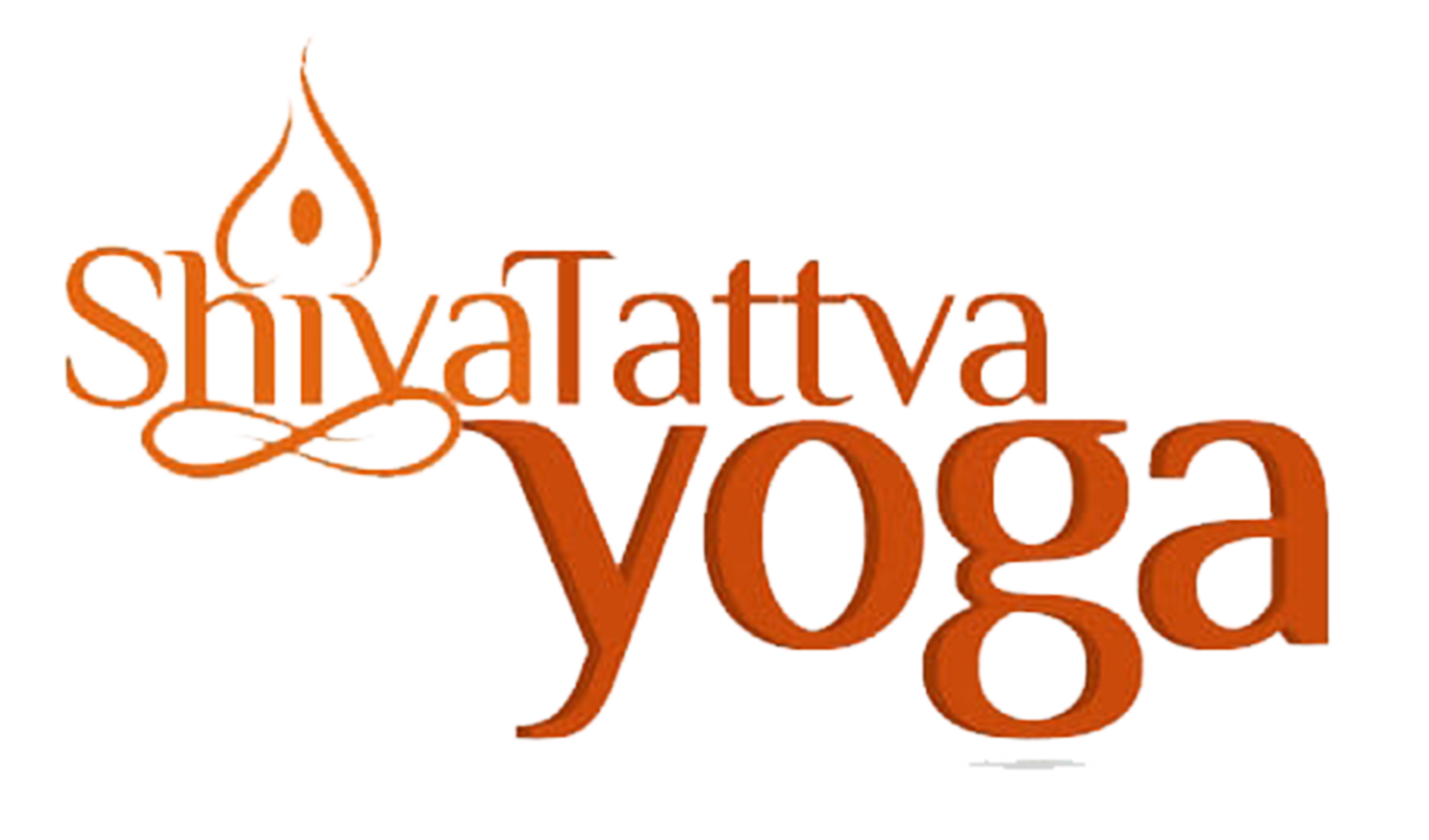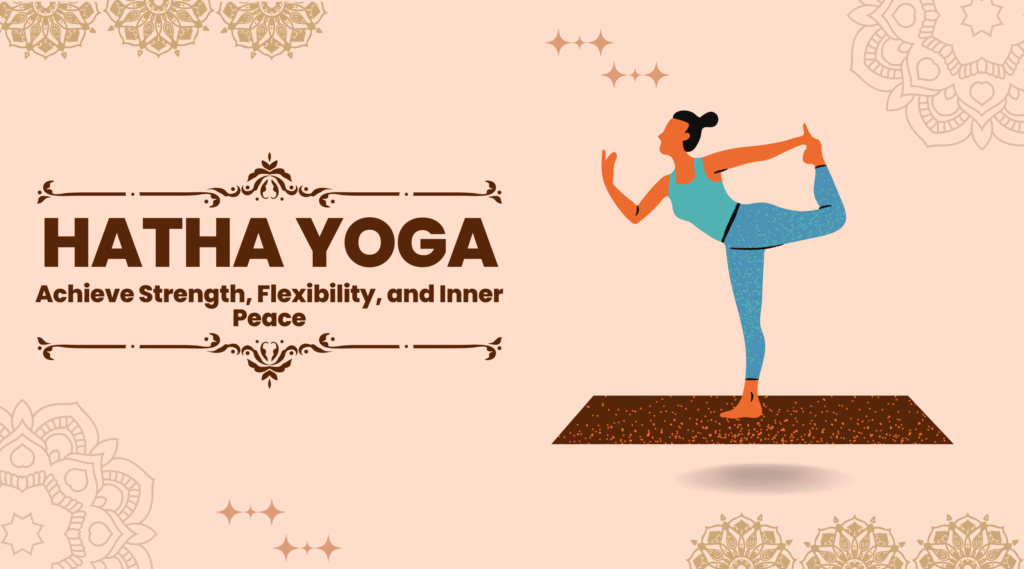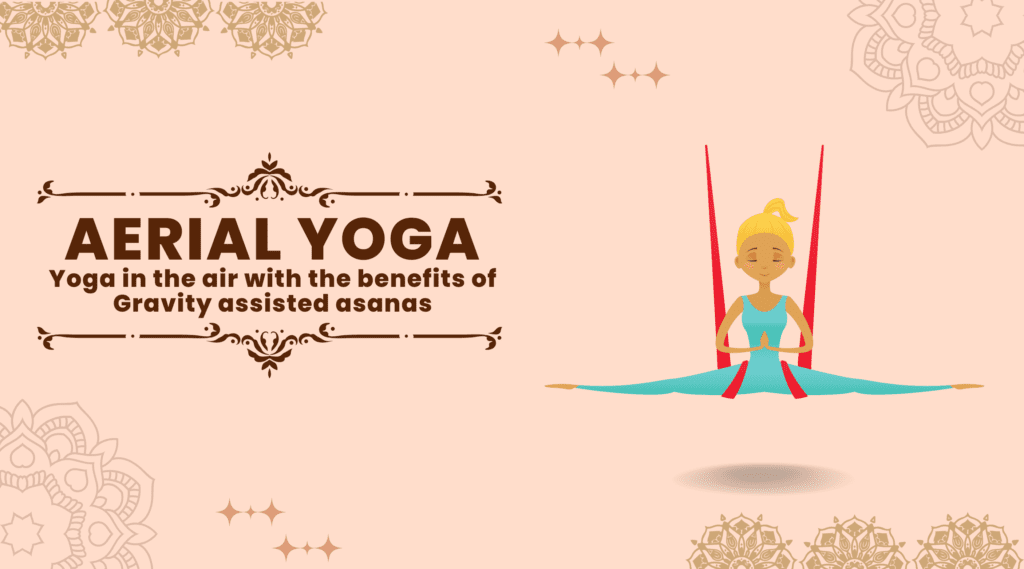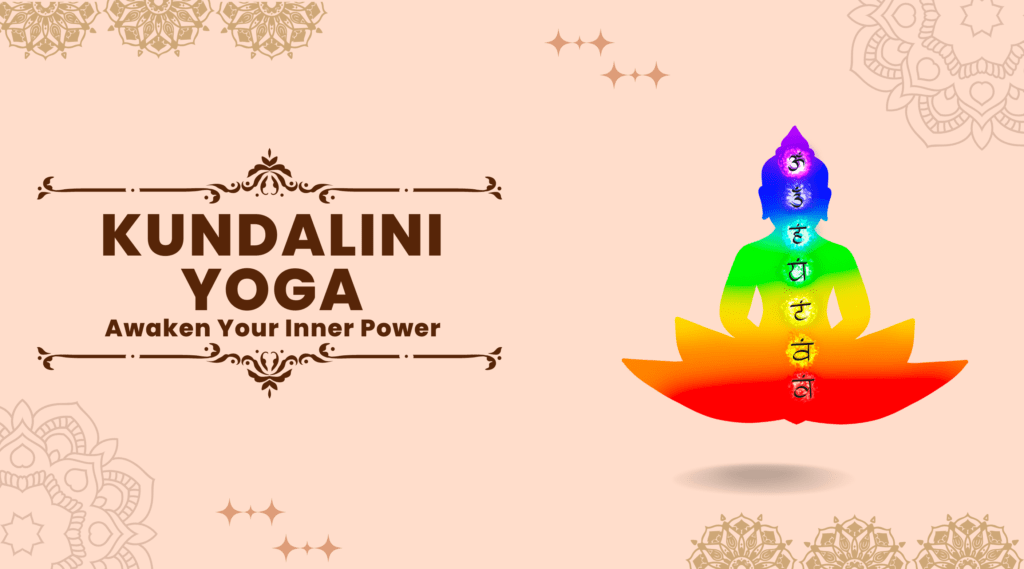Vinyasa Yoga: The Art of Flowing Movement
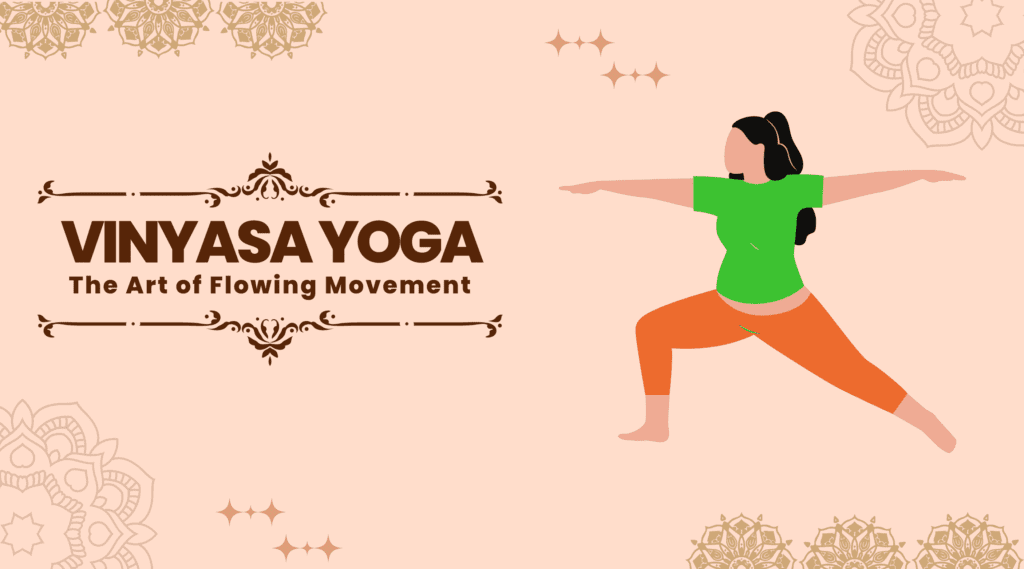
An Introduction
Vinyasa yoga is a popular style of yoga. This yoga style is known for its dynamic and flowing sequences of postures synchronised with the breath. The word “vinyasa” is made of two different Sanskrit words “vi” which means in a special way and “nyasa,” that means “to place”. In yoga style, postures are linked together in a specific sequence, creating a fluid and dynamic practice that challenges the body and mind.
The Origins of Vinyasa Yoga
This form of yoga has its roots in the ancient tradition of Ashtanga yoga, a style of yoga. Sri Krishnamacharya (1888-1989) is supposed to be the father of this style of yoga practice called Vinyasa Yoga. He described the importance of Vinyasa in his book “Yoga Makaranda – The Nectar of Yoga”. He gave the theory that the movements between asanas must be considered as significant as the asana postures themselves. While practising this form yoga, the transition from one pose to another is of utmost importance.
This yoga style emerged as a more accessible and adaptable form of Ashtanga yoga in the late 20th century. The influential yoga teachers, like Pattabhi Joise Baron Baptiste, Shiva Rea, and Bryan Kest popularised This yoga form. They brought a more modern and creative approach to the practice. This yoga style retains many of the core principles of Ashtanga yoga, including the linking of breath and movement, but it allows for more flexibility and variation in the sequencing of postures.
Suggested: Best Yoga Retreats And Yoga Teacher Training In Rishikesh
Vinyasa Flow Yoga
Vinyasa Flow Yoga is a modern term for Vinyasa yoga. It can also be termed as a specific style of Vinyasa Yoga that includes a dynamic, creative sequence of poses, with a focus on smooth, continuous transitions between them. The sequences may be pre-planned or improvised, and the poses are often linked together with Sun Salutations. The classes of Vinyasa Flow Yoga may also include music and other creative elements to enhance the flow of the practice.
Modern Vinyasa flow yoga classes have asana sequences that change with each class. Both students and teachers enjoy the freedom, pace and adaptability of Vinyasa flow yoga.
Hot Vinyasa Yoga
It is practised in a heated room. The temperature typically ranges from 90 to 105 degrees Fahrenheit (32 to 40 degrees Celsius). This style combines the elements of vinyasa flow, which involves linking breath with movement as well as intensity of practising.
During a hot vinyasa yoga class, you can expect to move through a series of flowing sequences and dynamic poses. Whereas heat and humidity in the room help to warm up the muscles and allow for deeper stretches and increased flexibility. The combination of heat and movement also promotes detoxification through increased sweating, helping to release toxins from the body.
Also, Hot vinyasa yoga classes often incorporate a variety of yoga poses. That includes standing poses, balances, inversions, backbends, and twists etc. The sequences are typically creative and fluid, with a focus on smooth transitions and continuous breath awareness. This practice can be physically challenging, as the heat intensifies the effort required to move and hold the poses.
The Benefits of Vinyasa Yoga
It is a highly beneficial practice that offers a wide range of physical, mental, and emotional benefits. Here are some of the key benefits:
1. Builds Strength and Flexibility – It is a physically demanding practice that involves a lot of movement and exertion. It helps to build strength and endurance in the muscles, while also increasing flexibility and mobility in the joints.
2. Increases Cardiovascular Fitness – The continuous flow of postures creates a cardiovascular workout that can help to improve heart health and increase stamina.
3. Reduces Stress and Anxiety – The linking of breath and movement in in this yoga form creates a meditative state that can help to reduce stress and anxiety. It also helps to improve focus and concentration, which can be beneficial for those with busy and stressful lives.
4. Improves Balance and Coordination – This yoga style involves a lot of balancing postures, which can help to improve balance and coordination. This can be particularly beneficial for older adults or those with neurological conditions.
5. Promotes Mind-Body Connection – It encourages practitioners to connect with their breath, body, and mind. This can help to promote self-awareness, mindfulness, and an overall sense of well-being.
The Practice of Vinyasa Yoga
As is a dynamic and creative practice so it suits the needs and abilities of different practitioners. Here are some of the main elements of the practice:
1. Breath – The breath is an essential element of this yoga form. The practitioner is encouraged to synchronise their breath with their movement, using a technique called Ujjayi breathing. Ujjayi breathing involves breathing in and out through the nose, while constricting the back of the throat, creating an audible sound like the ocean waves.
2. Sun Salutations – Because Sun Salutation is a series of postures hence practitioners commonly use it as a warm-up in . It involves a sequence of forward folds, lunges, and downward-facing dog postures, which help to warm up the muscles and prepare the body for more challenging postures.
3. Sequencing – The sequences can vary greatly from class to class, but they often involve a combination.
Reasons of Vinyasa Yoga Popularity
It is gaining more and more popularity because its classes are often creative while each class being different from the last. This variety can keep the practice interesting and challenging, which can help to maintain motivation.
It also offers easy accessibility. People of all levels of fitness and experience can practise it. As well as teacher can offer modifications and variations of poses to accommodate different body types and abilities.
How Hot Vinyasa Yoga Is Different From Bikram Yoga
These both yoga styles offer yoga practice in a heated room, but there are some key differences between the two styles:
1. Sequence and Creativity:
Hot vinyasa yoga offers more flexibility and variation in its sequences compared to Bikram yoga. Vinyasa classes are often creative and diverse, allowing teachers to design their own sequences and incorporate a wide range of yoga poses. In contrast, Bikram yoga follows a fixed sequence of 26 poses and two breathing exercises, which remain consistent across all Bikram classes.
2. Room Temperature:
Hot vinyasa yoga typically uses a heated room, ranging from 90 to 105 degrees Fahrenheit (32 to 40 degrees Celsius), to promote warmth and flexibility in the body. In Bikram yoga, the room is usually set to a consistent temperature of 105 degrees Fahrenheit (40 degrees Celsius) with a specific humidity level.
3. Length of Class:
Hot vinyasa yoga classes typically range from 60 to 90 minutes, depending on the instructor and studio. Bikram yoga classes has a specific standard of practice and always last for 90 minutes.
4. Number of Poses:
Hot vinyasa yoga incorporates a wide variety of poses and sequences, allowing for more diversity and exploration. In contrast, Bikram yoga follows a specific set of 26 poses and two breathing exercises and the practitioners need to practise them in the same order during every class.
5. Focus and Philosophy:
While both styles emphasise physical strength, flexibility, and the benefits of practising in a heated room, the philosophies and intentions behind the practices differ.
Vinyasa yoga often integrates breath awareness, mindfulness, and creative expression into the practice. Bikram yoga, on the other hand, focuses on a disciplined and consistent approach to the practice, with the aim of improving physical health and detoxifying the body.
6. Certification and Standards:
Bikram yoga involves the specific teachings of Bikram Choudhury and follows a standardised curriculum. Instructors must complete a specific Bikram Yoga Teacher Training program to be certified. Hot vinyasa yoga does not have a standardised curriculum or specific certification, allowing for more variation and creativity in teaching styles and sequences.
Ultimately, the choice between hot vinyasa yoga and Bikram yoga depends on personal preferences, goals, and comfort levels. Both styles offer the benefits of practising in a heated room, but they differ in terms of sequence, room temperature, class length, variety of poses, and overall philosophy.
Conclusion
Vinyasa yoga is a popular and dynamic form of yoga that offers numerous benefits for the body and mind. By synchronising movement with breath, It can help to build strength, increase flexibility, and promote relaxation.
Whether you are a beginner or an experienced yogi, this yoga style can be a powerful tool for improving your health and well-being.
You Can Also Read
